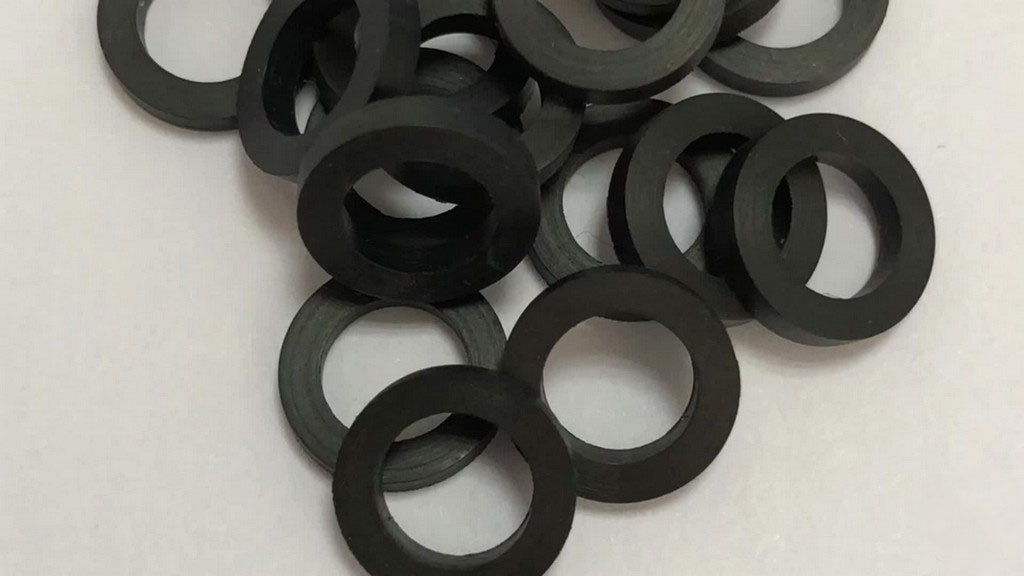

The ASTM D471-16A standard, published by the American Society for Testing and Materials (ASTM), evaluates the ability of rubber and rubber-like compounds to compare against the action of liquids. provides a test method for The full name of this standard is as follows: ASTM D471-16A Standard test method for rubber property - Effect of liquids.

This standard is designed mainly for testing the following materials:
Some rubber objects, such as gaskets, hoses, diaphragms, and sleeves, are exposed to oils, greases, fuels and other fluids during service. This exposure is continuous or intermittent and occurs over wide temperature ranges. The properties of rubber objects deteriorate during exposure to these liquids, negatively affecting the performance of the rubber part, which causes malfunctions.
The test method presented with the ASTM D471-16A standard tries to simulate service conditions. However, it does not provide any direct correlation with the actual part performance as the service conditions vary greatly. It only provides comparative data to be based on judgment on expected service quality.
The ASTM D471-16A standard is rather appropriate for specification conformity testing, quality control, referee decisions, and research and development studies.
The test method described here includes: mass change, change in volume, tensile strength, change in elongation and stiffness, size change for water-insoluble liquids and mixed liquids, mass change with liquid only on one surface, determination of the mass of soluble matter extracted from the liquid, fracture in coated fabrics. resistance, bursting strength, tear strength and adhesion changes and calculation of test results.
With the experience gained over many years, our organization also provides standard testing services for the rubber properties to determine the effect of liquids in accordance with ASTM D471-16A standard, within the framework of laboratory services of the materials with a trained and expert staff.
To get an appointment, to get more detailed information or to request an evaluation, you can ask us to fill in our form and reach you.